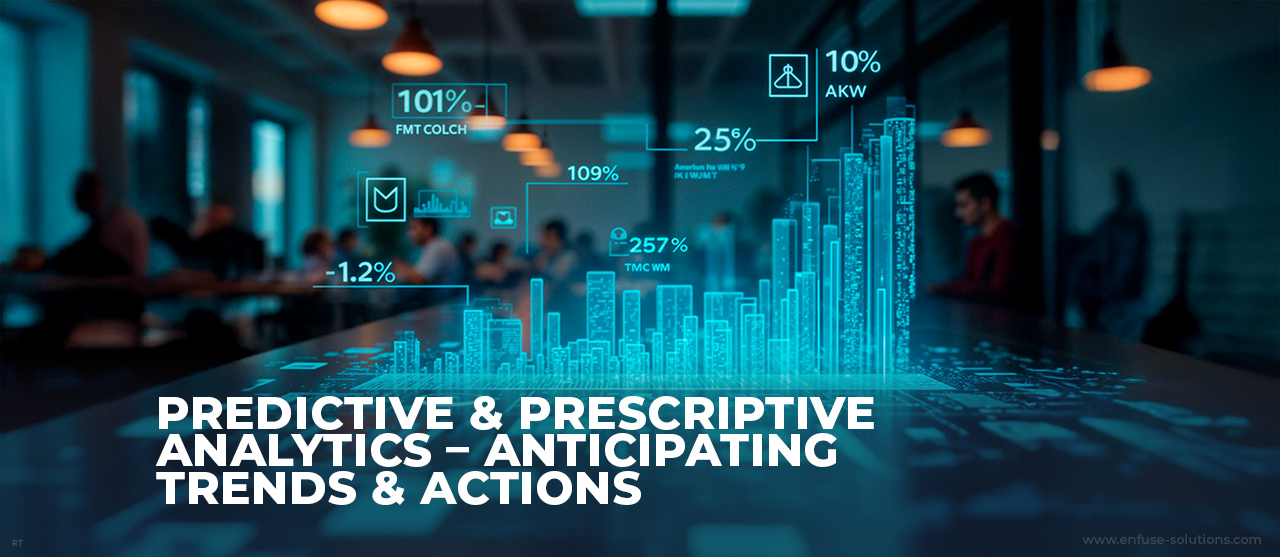
In today’s data-driven economy, businesses are under increasing pressure to make faster, smarter, and more strategic decisions. Predictive and prescriptive analytics, powered by Artificial Intelligence (AI) and Machine Learning (ML), are rapidly becoming critical tools for organizations aiming to forecast trends, optimize operations, and boost performance.
This blog provides a deep dive into predictive and prescriptive analytics, showcasing their growing importance, industry applications, current market statistics, and real-world case studies that illustrate their transformative potential.
What Are Predictive And Prescriptive Analytics?
- Predictive Analytics leverages historical data, statistical models, and machine learning algorithms to forecast future outcomes. For example, eCommerce platforms use predictive models to anticipate purchasing behaviour and adjust inventory in real time.
- Prescriptive Analytics goes a step further by suggesting specific actions based on predictive insights. It simulates various scenarios, evaluates potential outcomes, and recommends the optimal decision path. For instance, logistics companies use prescriptive analytics to streamline delivery routes, reduce fuel costs, and enhance customer satisfaction.
Global Market Growth And AI Adoption
The adoption of AI-powered analytics solutions is growing at an exponential rate:
- Predictive Analytics Market: According to Grand View Research, the global predictive analytics market size was valued at USD 18.89 billion in 2024 and is expected to reach USD 85.62 billion by 2030 at a CAGR of 28.3%.
- Prescriptive Analytics Market: A report by Precedence Research suggests that the global prescriptive analytics market size is estimated at USD 9.56 billion in 2024, projected to grow to USD 82.31 billion by 2034, expanding at a CAGR of 24.2%.
- AI In Data Analytics: The global market is projected to surge from USD 18.5 billion in 2023 to USD 236.1 billion by 2033 at a CAGR of 29.0%, as per Market.us.
These figures highlight the growing reliance on AI and advanced analytics to drive business growth and innovation.
Key Industry Applications & Case Studies
1. Retail & eCommerce
- Demand Forecasting: Amazon uses AI-powered demand prediction to optimize fulfilment centres, reducing excess inventory and delivery delays.
- Personalized Marketing: Sephora uses predictive analytics to recommend beauty products based on individual preferences and past purchases.
- Example: Fashion retailers are adopting AI-powered demand forecasting to address inventory challenges, aiming to reduce unsold stock and improve profitability.
- Case Study: H&M implemented prescriptive analytics to improve product assortment and localize inventory, resulting in reduced markdowns and higher sell-through rates.
2. Healthcare & Life Sciences
- Patient Risk Stratification: Kaiser Permanente uses AI models to identify at-risk patients and intervene early, significantly reducing hospital readmissions.
- Treatment Optimization: IBM Watson Health analyzes medical literature and patient history to recommend tailored treatment plans.
- Case Study: Mayo Clinic leverages predictive models to anticipate patient deterioration in ICUs, improving outcomes.
3. Finance & Banking
- Fraud Detection: JPMorgan Chase applies real-time predictive analytics to detect abnormal transaction patterns and prevent fraud.
- Investment Optimization: BlackRock’s AI engine, Aladdin, provides prescriptive recommendations for asset allocation and portfolio performance.
- Case Study: American Express reduced fraudulent transactions by 50% using machine learning-based anomaly detection.
4. Manufacturing & Supply Chain
- Predictive Maintenance: GE uses AI to anticipate equipment failure, reducing downtime by 30% and maintenance costs by 25%.
- Supply Chain Optimization: Unilever integrates prescriptive analytics to manage inventory levels across 190 countries.
- Case Study: Siemens adopted predictive analytics in its factory operations, increasing production efficiency by 20%.
5. Energy & Utilities
- Load Forecasting: National Grid uses predictive models to optimize power generation based on weather and consumption trends.
- Grid Management: Prescriptive analytics helps utilities reroute power during outages, minimizing disruptions.
- Case Study: Schneider Electric implemented AI-driven forecasting to enhance grid efficiency and significantly reduce energy waste.
AI Integration Trends & Business Impact
- AI Adoption: A McKinsey survey reports that AI integration in core business functions increased from 33% in 2023 to 71% in 2024.
- Operational Efficiency: According to Ataccama’s Data Trust Report, 77% of data leaders cite operational efficiency as their top strategic priority for 2025.
- Revenue Growth: As per the Accenture report, Companies that fully leverage AI in analytics have seen 30-50% higher revenue growth than their peers.
Real-World Examples
1. Retailers Leveraging Weather Analytics
Companies like Walmart are integrating weather analytics into their strategies to mitigate the unpredictable effects of weather on shopping behaviors. This approach informs advertising localization, seasonal item discounting, and promotional scheduling.
2. Law Firms Embracing Predictive Analytics
Firms such as McDermott Will & Emery are investing in AI and predictive analytics to enhance client outcomes and operational efficiency, reflecting a shift towards proactive compliance and predictive legal services.
Overcoming Challenges
Despite its benefits, AI-powered analytics comes with its own set of challenges:
- Data Quality And Governance: Poor data input leads to inaccurate forecasts. Implementing Data Quality Management (DQM) tools is essential.
- Integration Complexity: Legacy systems may not support advanced analytics platforms without significant restructuring.
- Skills Gap: There is a growing demand for data scientists, AI engineers, and analytics translators.
- Ethical & Privacy Concerns: Data privacy laws like GDPR and India’s Digital Personal Data Protection Act (DPDPA) must be considered when deploying AI models.
Conclusion
As organizations continue to embrace AI-driven predictive and Prescriptive Analytics, those that invest in robust data infrastructure and talent are better positioned to thrive in an increasingly competitive landscape. Whether it’s optimizing inventory, improving patient care, or mitigating financial risk, advanced analytics enables data-backed decisions that drive growth, efficiency, and innovation.
Looking To Leverage Predictive Or Prescriptive Analytics?
EnFuse Solutions specializes in AI and data analytics services, helping businesses harness the power of data to gain actionable insights and optimize operations. Our tailored solutions are designed to meet your unique needs—whether you’re in retail, healthcare, finance, manufacturing, or energy. Contact us today to learn how we can accelerate your digital transformation through intelligent analytics.







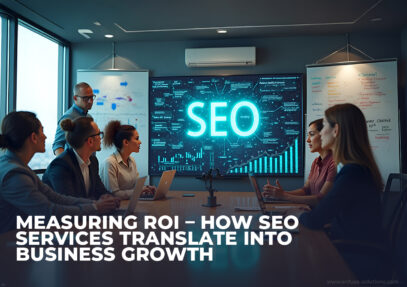
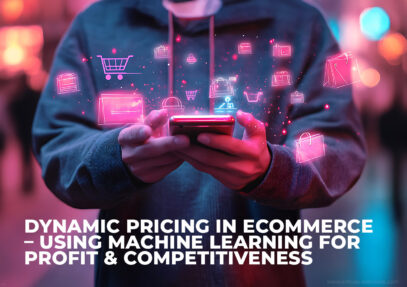
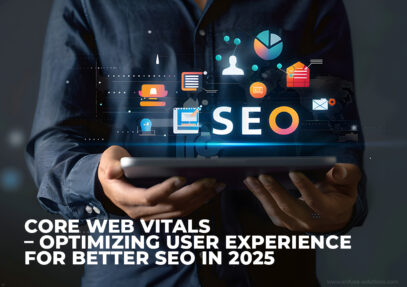
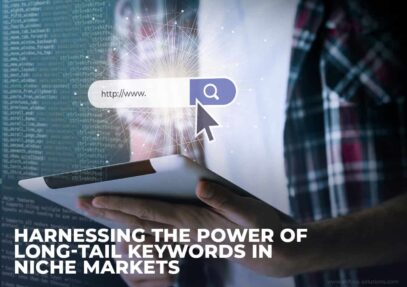

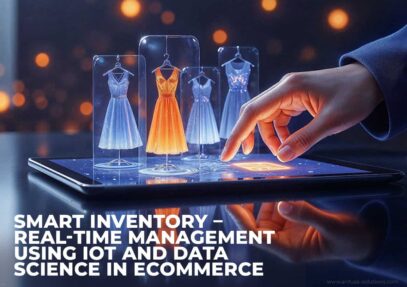
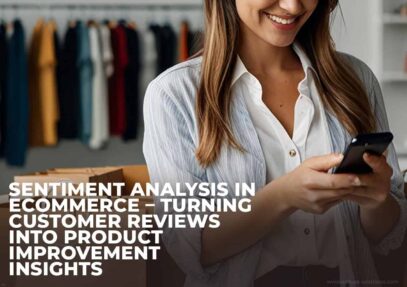
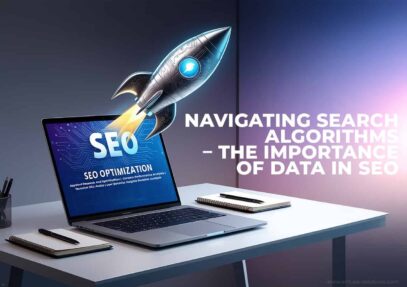
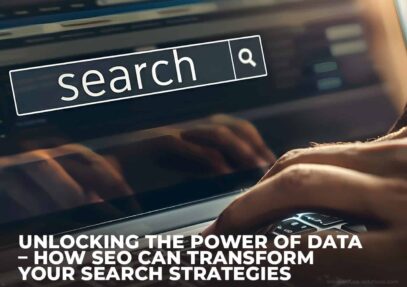

Comment